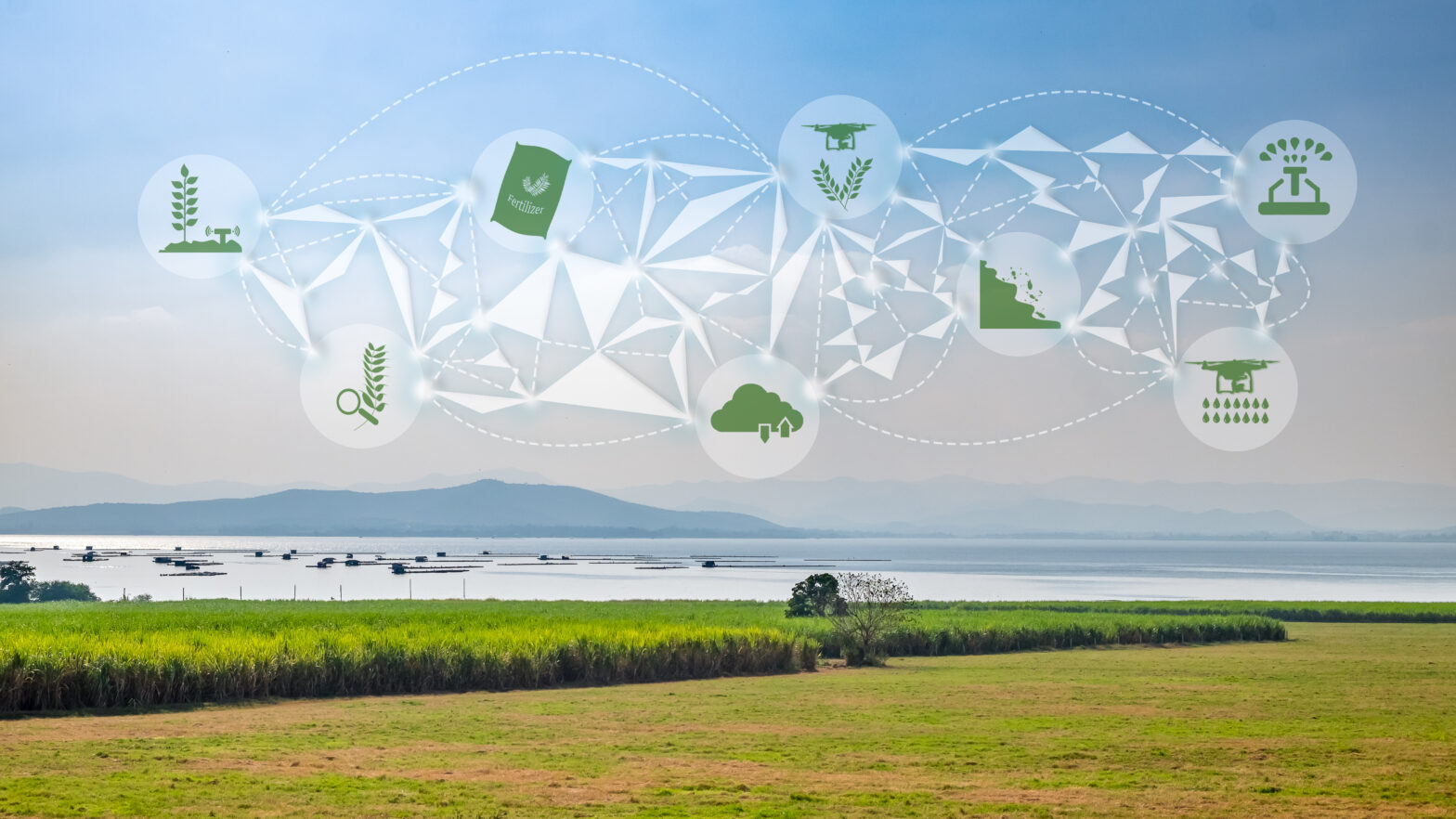An overall digital transformation strategy is crucial, because a company’s digital transformation does not exist in siloes – in just one location, or on one device. It is a single, holistic strategy that spans the full breadth of the enterprise.
Businesses must therefore embrace the innovative technology trends that are reaching the market, not in isolation, but in ways that will work across all the environments they operate in, if they are to integrate new technology effectively to support their business goals.
>See also: 5 steps to making digital transformation a business reality
This is all too evident in the top technology trends that will impact global businesses in 2018. Trends ranging from cyber security, real-time analytics, and containers and microservices, to digital team collaboration and digital twins.
Take real-time analytics as an example. This is something that shouldn’t happen in a vacuum. If you are analysing data from a factory in Sweden that is part of a supply chain across Europe, you need to look at the how this data relates across the entire supply chain, not just in one single part of it. Similarly, with cyber threats being borderless, irrespective of where your IT infrastructure resides, cybersecurity measures must scale globally to provide any real defence.
Embracing complexity through connectivity
Author and strategist Parag Khanna wrote that: “we’re accelerating into a future shaped less by countries than by connectivity. Mankind has a new maxim – connectivity is destiny – and the most connected powers, and people, will win.”
Fewer businesses today operate within their own borders or geography. For example, cloud infrastructures can run simultaneously across multiple locations. So when it comes to experimentation and implementation of applications or services that offer new ways of working, it’s critical to understand what’s possible through connectivity across environments.
Telstra’s experience in working across a diverse range of IT environments globally has found that successful adoption of new technologies, such as real-time analytics and cyber security, demands a break from the siloed thinking that often influences decision making.
>See also: Is there a lack of digital leadership in the world’s biggest firms?
An example of this working seamlessly is our work with M2M connectivity to help a supply chain company, exporting company, Peloris, ship fresh milk from Australia to China. By noticing the impact of drones and robotics in agriculture, there was a logical extension to use ‘Internet of Things’ technology to solve supply chain issues.
With China’s stringent import regulations on fresh milk, coupled with a short shelf life, milk export to China was previously impossible. Peloris successfully surpassed this barrier with real-time monitoring technology that helped both the company and China customs to observe temperature and conditions from the farm to its final destination.
By adopting IoT technology which underpin solutions with connectivity, we enabled and furthered Peloris’ business, which has now allowed them to supply 40% of all fresh milk into China worldwide.
Through these various experiences, this has led us to work with a “geo-digital” mindset, to help and encourage customers to successfully navigate the complex range of technological, business and cultural obstacles associated with true digital transformation.
‘Thinking geo-digitally’
If an organisation’s network underperforms and lacks flexibility, then it jeopardises multiple areas of operation. 87% of those surveyed for Telstra’s Disrupted or Disrupting? report said that their business had suffered as a result of network problems and, on average, experienced 11 issues per year.
Further to this, more than one in two of those surveyed cited issues with their current technology infrastructure supporting their business goals, suggesting that it has not been fully optimised to support the business.
>See also: Managing and optimising a digital customer experience
Once again, like Cloud, networks do not operate in a vacuum. Especially when there are services that run across the public internet. If enterprises are to integrate new technologies in a way that will truly help them to succeed, they must change the way they think about them and become more holistic in their approach to the optimisation of their infrastructure across environments.
When you think about what real-time analytics means for businesses, for example, it’s important to think about how this works in geographies where connectivity may be either high or poor. Almost half (48%) of those surveyed in 45 cities across Asia-Pacific, EMEA and North America for Telstra’s Connecting Commerce report, believed their city is ineffective in providing ICT infrastructure that meets firms’ digital transformation needs. What’s more, 15% of those surveyed cite shortcomings in their city’s communication networks as a serious obstacle to achieving their digital ambitions.
Challenges such as these are very much business-as-usual in many of the world’s most densely populated areas where IT and networks are often quite advanced. Now think about what it would take to deliver connected infrastructure that takes advantage of the latest technologies trends across these cities.
A company’s network is a critical pillar of ‘business as usual’ operations, as well as digital transformation, and smart businesses understand that siloed thinking when it comes to introducing new technologies, both now and in the future, leads to siloed outcomes in digital transformation.
>See also: Technology is ready to define the future of the workplace
The key to supporting your transformation goals
Technology trends will come and go, but to remain competitive, CIOs and other digital transformation leaders must break free of siloes that force them to reduce complexity, and instead embrace it.
By having a ‘geo-digital’ mindset when it comes to thinking about the latest technology trends, CIOs can better optimise infrastructure and more broadly, digital transformation strategy. The whole system works better together as it’s architected to operate that way, as one single entity.
Sourced by Håkan Eriksson, chief technology officer, Telstra






